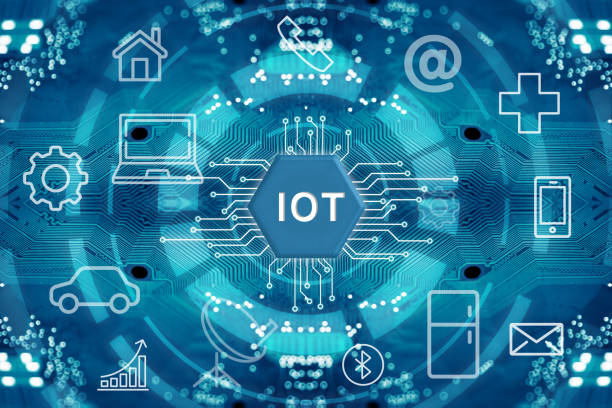Over the past couple of decades, the Internet of Things has drastically impacted the majority of the world we live in. From the way we travel to making purchases, absorbing knowledge, to receiving energy and resources in our homes, sophisticated sensors and chipsets are embedded in devices and objects all around us, each transmitting high value of data helping us to better understand the working and connectivity underlying these communicating devices and objects.
In a nutshell, IoT is the concept of connecting any device to the Internet or to other connected devices for the purpose of collecting, sharing, and evaluating data about the device’s use and the environment in which it functions. So, when referring to a ‘Thing’ in the Internet of Things, it can be a connected car, router, heater, or a monitor.
7 industries disrupted by IoT
As IoT continues to spread beyond borders and expand in markets, its potential across different industries is enormous. By 2018, over 22 billion IoT devices were installed across the world. The forecasted figure for 2025 would bring the total close to 39 billion with its economic impact reported to be in the range of 3.9 to 11.1 trillion US dollars.
Organizations are quickly realizing that implementing IoT will be a key competitive advantage moving forward. IoT is disrupting major industries to help optimize processes, cut costs, and reduce the delivery time to market.
IoT in Industrial Manufacturing (IIoT)
The market capital of IoT in manufacturing is estimated to reach nearly 399 billion US$ by 2026 accounting for 14.5% annual growth, over the next ten years, making it the biggest sector contributing to the rapid scaling of IoT all over the world. The reason for this exponential growth is the urgent need for automation in industrial machinery and processes to fulfill the ever-growing end-user demand.
Aiming to save time and human effort, IoT in industrial manufacturing creates a connected environment between employees and machines, popularly called the ‘Industry 4.0’ standards. By deploying sensors to collect data from machines and using software to analyze it, companies gain valuable information that helps them enhance their decision-making, improve the quality of production, and better allocate their resources.
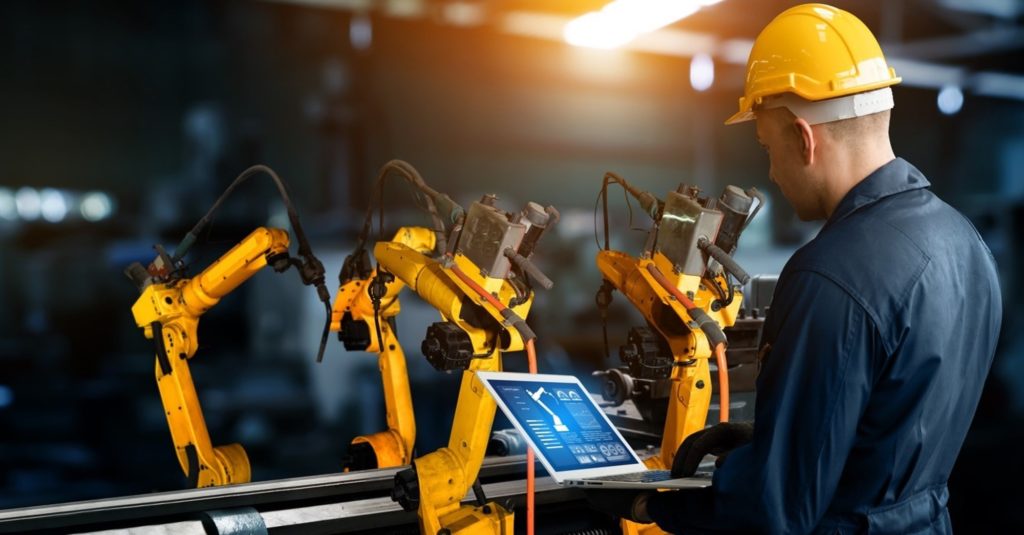
The most popular and widely used IoT industrial applications include predictive maintenance to avoid downtime on machines, remote field maintenance for optimization of industrial processes, maintaining automated production lines for optimal efficiency, and monitoring assets using smart metering and connected security systems. In addition, newly introduced, 5G strengthened IoT now also supports setting up secure private cellular networks in factories and industrial sites. ( Learn more )
IoT in Automotive
Raking in over 47 billion US$ in 2020 with a projected forecast figure of 227.7 billion for 2027 at an annual growth rate of 25.2%, the IoT automotive industry ranks 2 nd on our list. The major factor for such large incorporation of IoT into the automotive sector is the launch of connected cars, and autonomous and electric vehicles.
IoT in the automotive industry has helped car manufacturers roll out connected cars with embedded features like internet connection, remote parking, entertainment, and security applications such as geo-fencing, location sharing and vehicle-to-vehicle communication. Implementing IoT in vehicles has not only managed to create value-added services for original equipment manufacturers (OEMs) but it is also used to collect insightful telematics data from vehicles to improve their efficiency, enhance safety, and reduce costs associated with maintenance and diagnostics.
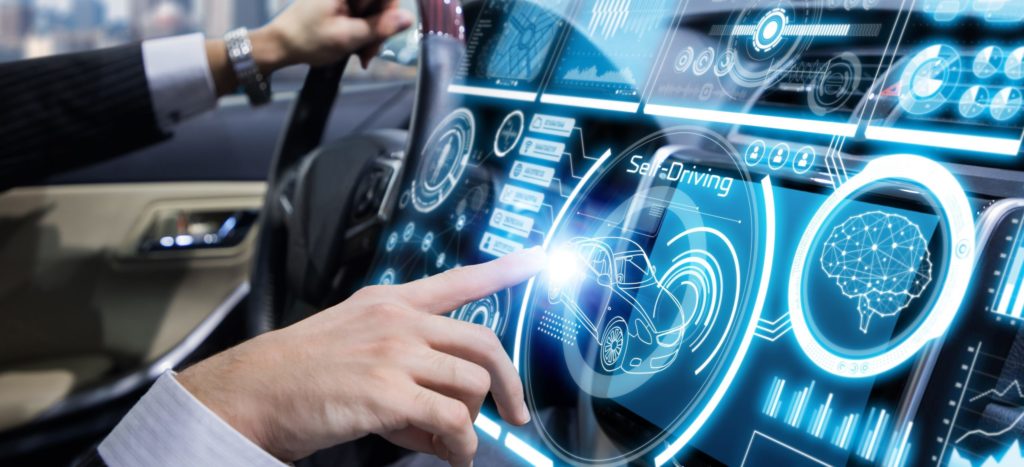
While on the subject do check out our white paper for implementing IoT in the automotive industry, ‘ Connecting Vehicles: Risks and Solutions – A Transatel Publication,’ where we provide a detailed analysis of the potential of connected services in vehicles and how car manufacturers can gain control over their connectivity solution to unlock innovation and benefit from the income these services will generate.
IoT in Healthcare (Internet of Medical Things)
The increasing use of IoT in healthcare stems from the pressure the industry has been put under post the pandemic era. Innovations and large-scale digital transformation in healthcare expedited as major investments were made in the connected medical devices sector due to the urgent need of the hour. With this immediate boom of IoT in medical devices, the industry forecasts an annual growth of 19.9% in market size crossing over 525 billion US$ by 2025.
IoT enables connection between medical devices and applications to enable sensors, and to collect, analyze and transmit health data. This technique, more widely known as the Internet of Medical Things (IoMT) is rapidly changing the healthcare industry for better patient outcomes. IoT in healthcare has enabled features such as real-time asset tracking of sensitive medical goods and supplies, geolocation of assets and/or people in large hospitals, and smart wearables that track body conditions such as temperature and heart rate.
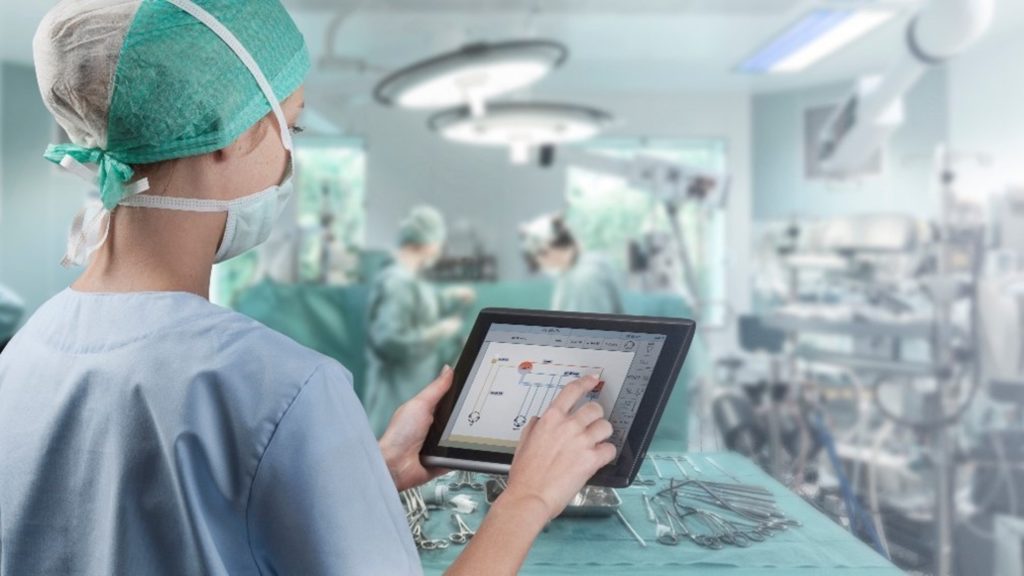
One of the biggest challenges posed by the Covid-19 pandemic for the healthcare industry was to provide remote medical services to minimize the risk of contagion. As a result, the use of IoT connected devices in telemedicine for real-time and remote patient monitoring has become a hugely popular and widely used application of IoT in healthcare. It is projected to reach a market capital of 43 million in the next 5 years as a standalone service within IoMT.
IoT for Transport and Logistics
As cities grow bigger, so do the number of dwellers and so does the demand; millions of people, products and goods flying daily across the globe. So, without researching much for huge economic figures, we take it that business is booming for the transportation and logistics sector. But as the numbers grow, so do the challenges. The challenges to track and monitor each moving piece are simply so overwhelming whilst controlling rigid supply chain budgets; until we put IoT into the picture.
So rather than being incorporated into the sector for the desire of pure innovation, IoT in transport and logistics has fallen upon as a huge boon to the industry out of pure necessity. Merely in a short span of 5 years, between 2015 -202 0 , the number of IoT devices in transport and logistics increased from 15 million to over 200 million, a clear indicator of how well the technology has been received within the industry.

The most popular and widely used applications for IoT in transportation and logistics include fleet management to optimize traffic routes and control operating expenses, asset tracking automation for improving time efficiency, cloud connected video surveillance systems to secure warehouses and inventory units, and global freight management whether on land, in air or sea.
IoT for Smart Mobility
Government institutions and municipal corporations continue to increase their dependence on connectivity technologies and network infrastructures to manage resources and transform into smart cities. Smart mobility is one of the key scopes of a smart city. The IoT technology has been a great driving factor for the mobility-as-a-service (MaaS) industry to execute smart mobility projects within the larger mission of deploying smart cities.
Smart mobility refers to interconnecting different mobility modes with one another such as scooters, bikes, and stations, with network technology. IoT for smart mobility establishes a seamless connection between IoT vehicles and devices spreading over a wide geography to make data transmission easy and secure while keeping the costs under control.
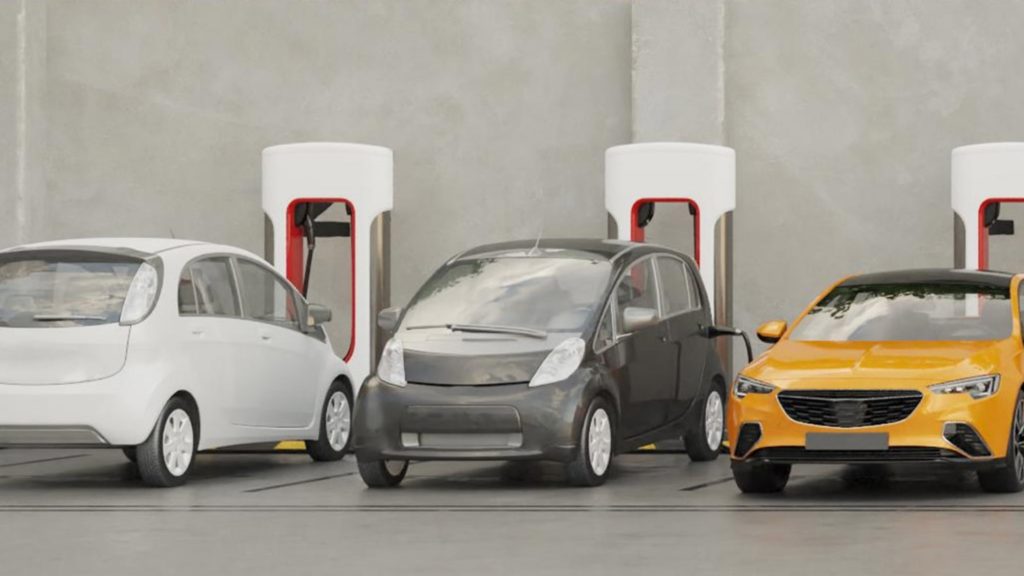
Making successful strides towards helping companies innovate and implement sustainable solutions, IoT for smart mobility helps connect charging stations for electric vehicles for online access to their visibility, e-scooters, and shared bikes to provide telemetric information and fleet management, and projects for smart helmets and handlebars for bikes and motorcycles to improve the safety of riders.
IoT for Smart Agriculture
IoT applications in agriculture for smart farming are being applied to solve the challenges encircling the ultimate problem of how we are going to continuously supply food for the interminably growing global population. Lately, many players in the industry have been diversifying their portfolio of Agritech products beyond supporting basic agricultural practices to incorporate features such as data connectivity, robotics, and analytics. Estimated to reach a market capital of 35 billion US$ in 2026 with an increase of 10% annual growth rate, the agriculture industry is bound to witness rapid advancements and overall transformation with deeper integration of IoT.
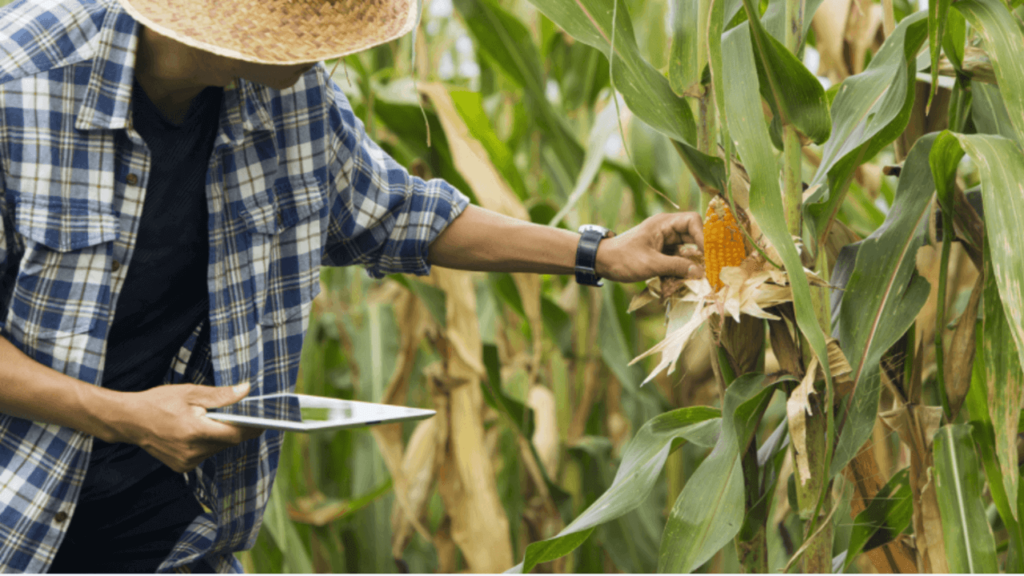
IoT for smart farming enables you to connect Agritech farm equipment and machines, tractor telematics and fleet management, ground-based and aerial drones, livestock trackers, and crop monitoring sensors to help create a connected environment for the farmers in the field; all of which results in achieving high yields, reduce operational cost and generated waste. This technique, also known as precision agriculture will help narrow down the gap between supply and demand that we addressed above.
IoT in Renewable Energies
As climate change and global warming continue to become matters of grievous concern among consensus all over the world, the importance and usage of renewable energy sources increase with each passing year. IoT in the renewable energies sector is used to optimize efficiency for end-to-end processes of energy management, from production to utilization.
For optimizing operations and energy consumption, IoT in renewable energies is among the major drivers pushing players to invest in the sustainable energies sector. Projecting an annual growth rate of 12% with a forecasted market share of 35 billion US$ by 2025, similar to the agriculture industry, the renewable energy sector is set on course for major transformation with further IoT integration.
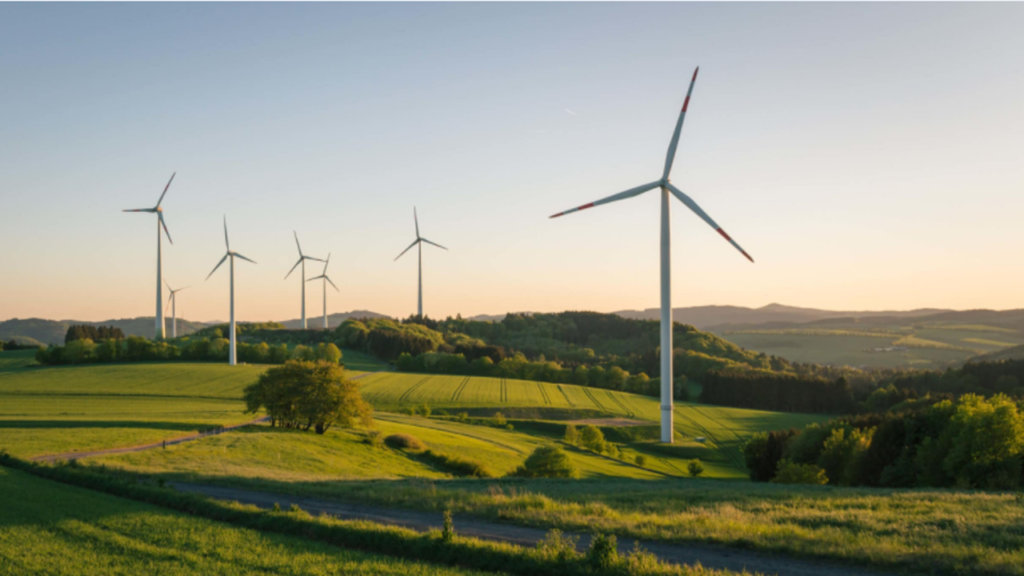
The most widely used applications of IoT for renewable energies include connecting solar panels in off-grid locations for energy management and remote monitoring of clean energy connected systems such as photovoltaic systems and wind turbines on onshore and offshore wind farms, where human intervention is difficult.
In need of IoT connectivity to enable your smart solutions?
We connect people, machines and all things encompassing the Internet of Things. Our multi-network IoT SIM card provides global 3G/4G/5G and LTE-M connectivity to securely connect millions of mobile devices, vehicles, and IoT industrial applications to the cloud across the world.
Get to know more here: www.transatel.com/solutions/m2m-and-iot/iot-connect-advanced/






